There is no one right or “best” workout plan (there are absolutely bad ones though). It is all purely based on YOUR GOALS, YOUR BODY AND YOUR ADHERENCE to the program. My goal is to provide you with the tools you need to create a BALANCED and EFFECTIVE program, you have to do the rest. You have how many days/week you’re going to workout which you a suggested split. Now that you have that you can choose the exercises for each day.
There are 5 main movement patterns:
2. SQUAT (Knee dominant)
3. PUSH (Vertical & Horizontal)
4. PULL (Vertical & Horizontal)
5. CORE (Carry/Rotation/Anti)
Within these there are a ton of different subdivisions or ways to load them such as unilateral (single arm/leg), ipsilateral, contralateral and bilateral (defined in the terminology section) but aside from defining them I won’t be telling you where to program them. My general suggestion is to include some sort of unilateral training into each session to make sure imbalances don’t become too dominant, otherwise the variations are endless. I realize “Core” is not a movement pattern, it’s a thing that is used in every single movement pattern in order to maintain your stability and transfer strength. Core is covered more in depth in my CORE E-book for you to read and create your own core training program to incorporate.
Your placement of these movement patterns rely on multiple things including:
Exercises should be ordered from most technical / most demanding to least.
If you’re working max strength in your squat – you don’t want it to be after you burn out your legs with leg press. That being said, there are reasons for techniques of “pre-fatiguing” a muscle prior to a big lift and core can also be done during warm up in the session as activation or during the strength component – but these are general guidelines.
You don’t HAVE to include all of these into a session – if it’s not part of your goal then skip it and go to the next relevant exercise type.
These movement patterns can be broken down even further into compound and accessory lifts.
Compound lifts involve multiple joints and full body effort to perform. They are the exercises most commonly emphasized in (max) strength/hypertrophy lifts. You may have heard of the “BIG 5” which refers to the 5 main compound lifts including:
The order you do these exercises has to do with your goals but the general guidelines are there because if you’re working max strength in your squat – you don’t want it to be after you burn out your legs with leg press. Also, being fatigued under a heavy bar is much less comfortable/safe than being fatigued with body part accessory work.
That being said, there are reasons for techniques of “pre-fatiguing” a muscle prior to a big lift and core can also be done during warm up in the session as activation or during the strength component – which is why these are just guidelines.
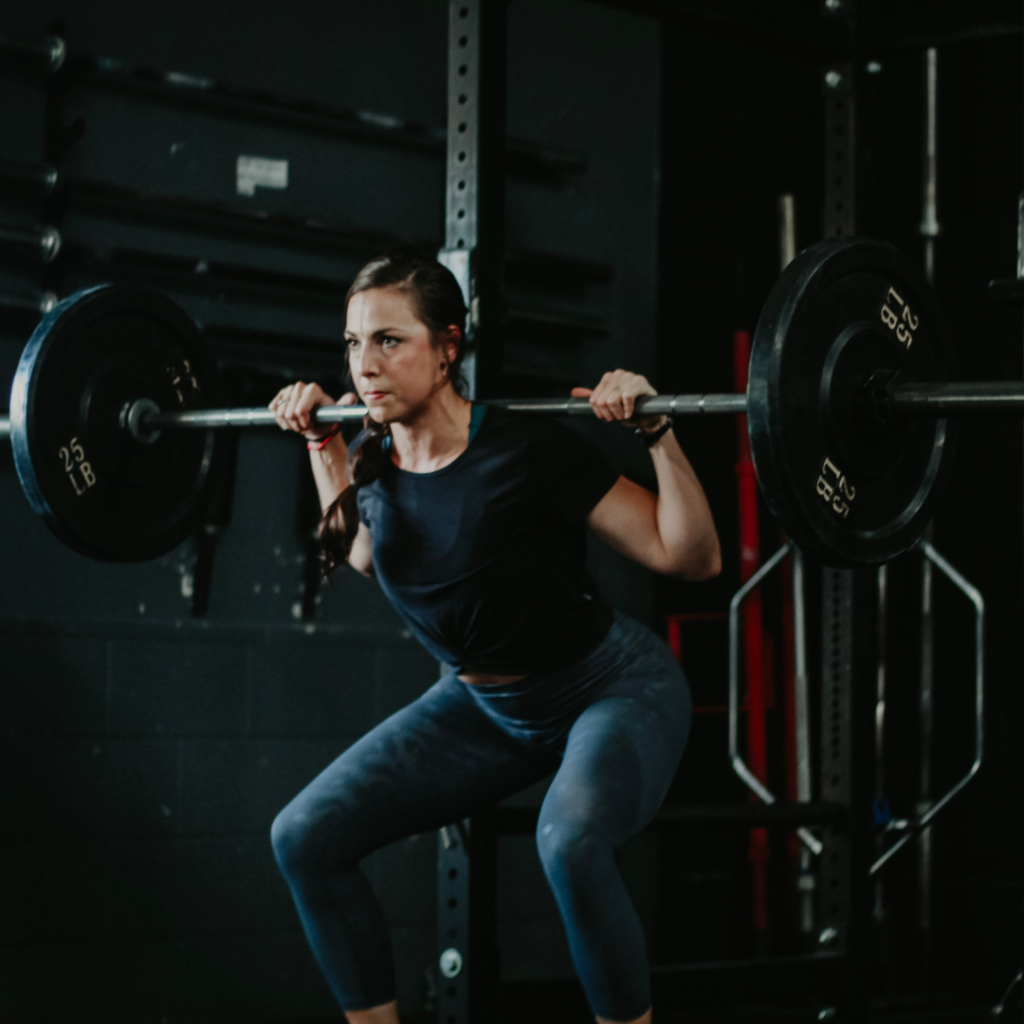
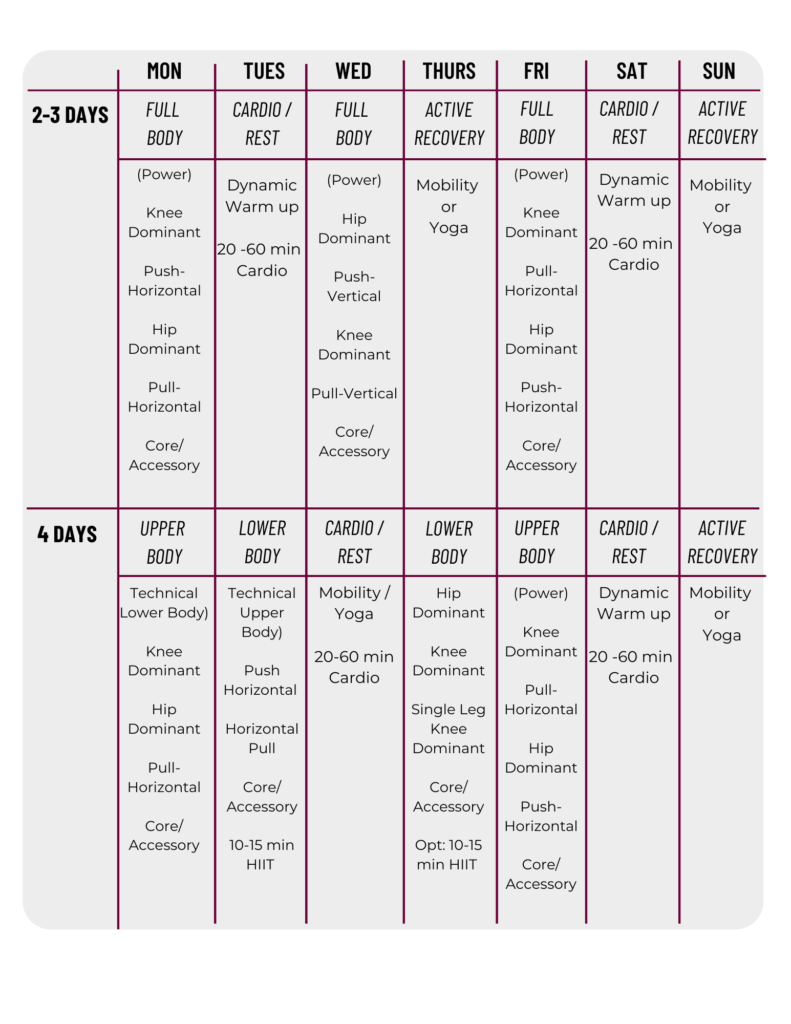
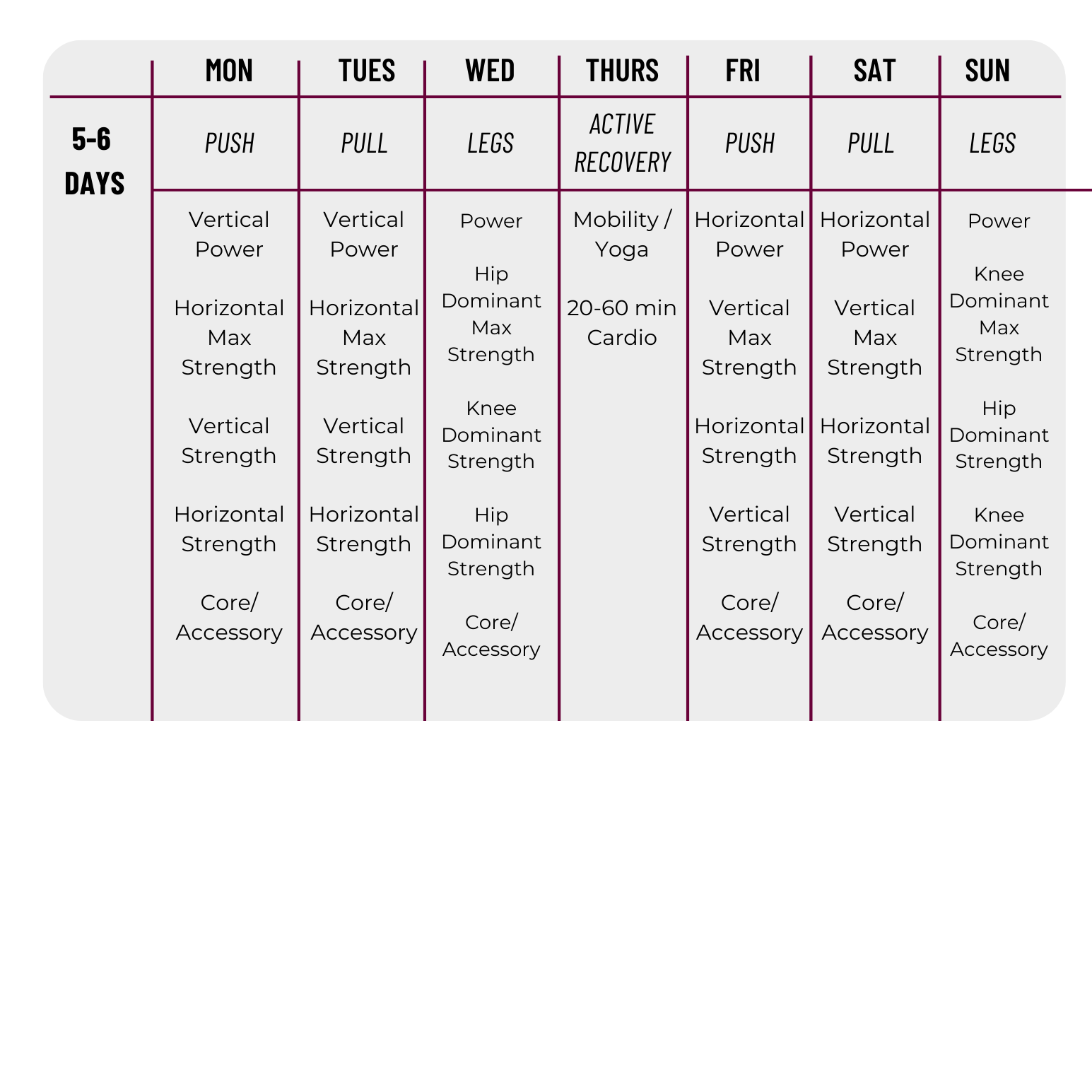
** Please keep in mind – this is a very generalized formatting and doesn’t include things like single leg/arm movements, lateral movements, etc. This is where individualized programming comes in.
CLICK HERE FOR 3 DAY TRAINING TEMPLATE
CLICK HERE FOR 4-5 DAY TRAINING TEMPLATE
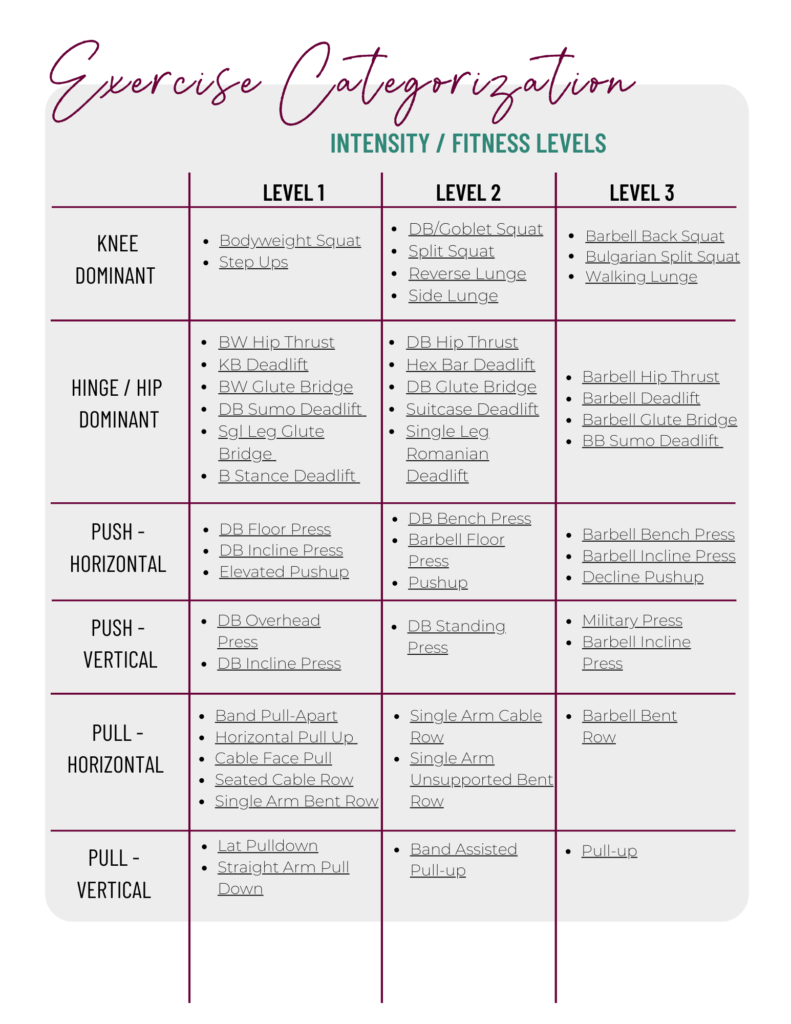
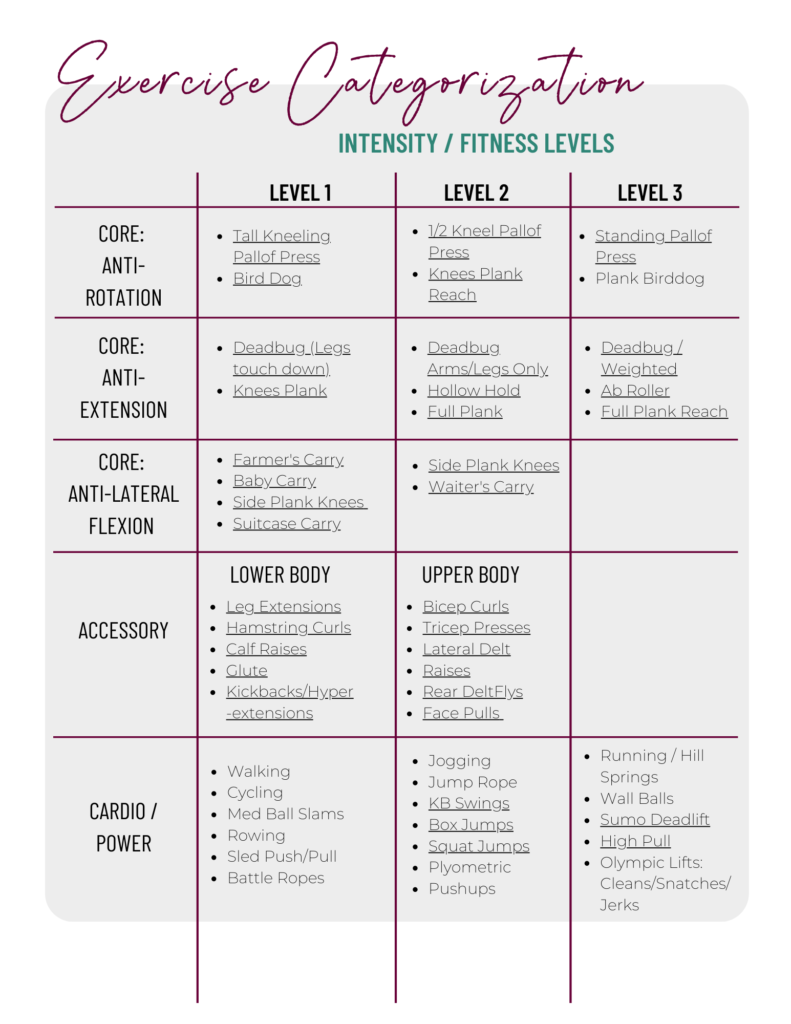

Women’s Functional Nutritionist & Fitness Specialist along with CEO of Elysian Women’s Wellness.
God, family, fitness – in that order. Fitness isn’t my job, it’s my passion. My favorite things include traveling the world, being a mama and making a difference.
14 years of experience in the wellness industry has brought me to an understanding that when you’re ready – you’ll do it. So when you are, we’re here to keep you simply well.
The last “program” you’ll ever buy. Your individualized training & nutrition plan that teaches the why & how to create lasting changes with me by your side every step of the way!
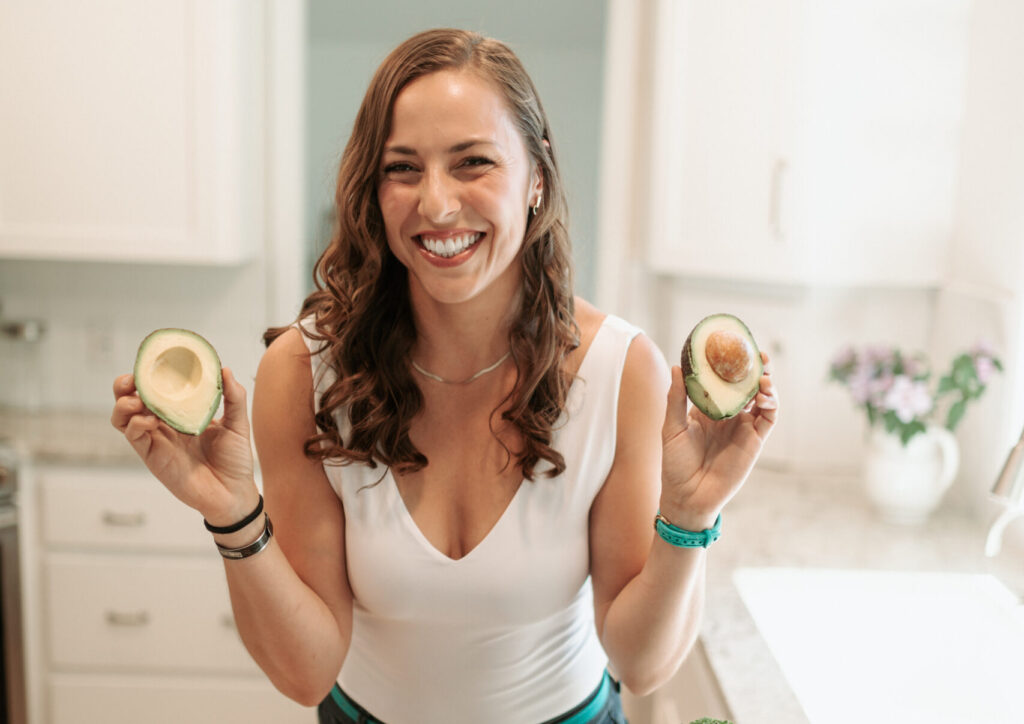
Error: No feed found.
Please go to the Instagram Feed settings page to create a feed.
Level 0, 1, 2 & 3: Level Up your workouts with beginner to advanced plans designed with a focus lift each month, progressive overload, instructional videos & all inclusive training & nutrition guides.
Copyright ©2024. Gamechanger
A BRANDT CREATIVE CO. TEMPLATE. Trusted by Wimgo.